Deciding whether Platinum or White Gold is for you? These 5 major differences might help. There are a lot of different factors that set these two white metals apart from one another. On the surface, they may look similar, but they couldn't be more different.
Here are five major differences between white gold and platinum that you'll want to know before you make your jewellery decision.
1. Care and Maintenance
A common misconception is that white gold and platinum metals will essentially be the same over time because they look the same at the time of purchase. It helps to know that there is a major difference to note.
White gold is a beautiful white metal, and we often recommend it, but any smart consumer should know some of the drawbacks of this metal as it ages. A white gold piece is not pure gold. When white gold is made, yellow gold is mixed together with white metals such as silver, palladium, or nickel. Once the metals are mixed together, a white gold piece will then be "rhodium plated" to give it a whiter, shinier finish. This is what makes a white gold piece look the same as a platinum piece when they are both in new condition.
It's crucial to understand, that over time the rhodium plating finish will wear down and the jewellery will begin to show its natural yellow colour. When this happens, you'll have to get it rhodium plated again by a jeweller. Depending on how active you are and how often you wear the piece of jewellery, this could start to happen fairly quickly. There is a long term commitment to maintenance when you agree to purchase white gold.
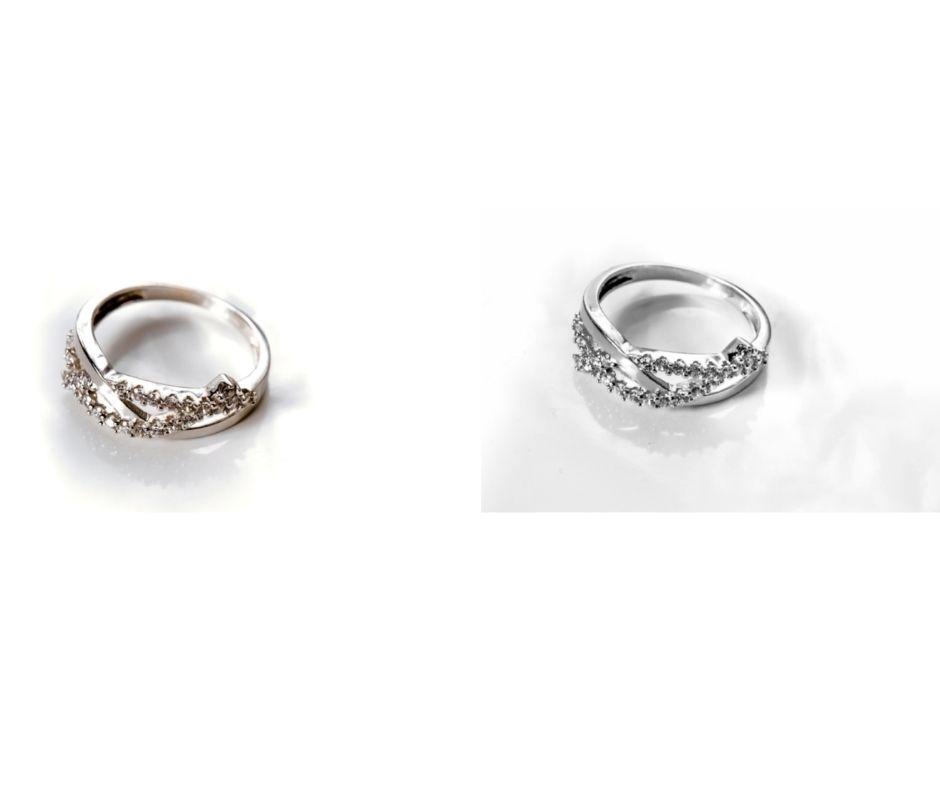
To be considered platinum, a piece must contain at least 95% of the metal, making it one of the purest metals you can buy. Over time, platinum will fade in a different way. It won't turn yellow, like yellow gold but it will begin to lose its shiny finish and build a natural patina. This look is sometimes more interesting because it will accentuate the brilliance of a diamond and make it appear more sparkly. Similar to white gold, a platinum piece can be brought back to life by a professional jeweller who can restore its original condition.
2. Durability
It's no secret that platinum has long been described as the hardest and most durable metal for jewellery. An example is, when white gold is scratched, the gold is scratched away and is lost. But when platinum is scratched, the platinum gets moved from one place on the ring to another and it develops something called a patina finish. This type of finish will make the jewellery look antique. Platinum's metal can be moved back in place with polishing because it is not actually losing metal like white gold.

Platinum's durability is one of its strongest assets as a precious metal. It will help hold precious stones in place securely for a lifetime. In fact, platinum prongs are often used in rings made of less durable metals, like white gold. Because platinum is able to handle scratches and wear and tear more, a platinum piece can last for generations. Platinum jewellery is easy to restore to its original form or looking like new again. They can easily be resized or reconditioned if it is passed down.
3. Composition
You'll mostly find white gold jewellery offered in 9ct (37.5% pure gold) or 18ct versions (75% pure gold). Gold will be mixed with other metals to form an alloy that is stronger than pure gold (aka 24ct gold). A 24ct diamond ring is rarely sold because it would be very soft. That's why it is mixed with other metals to give it additional hardness. So, the 18ct white gold option would be less durable because it is closer to 24K. Learn more about precious metal components here.
Platinum is a very strong and heavy metal. The wearer of a platinum piece will have to decide if they can handle a heavier metal like platinum over a lighter metal like white gold. The best way to test this out is by trying it on to see if it's too heavy for you or if you don't mind it. Platinum is the densest precious metal that you can buy, so all of these factors will have to be considered.
4. Allergen
When comparing metals, think about the possibility that the metal could irritate your skin or cause an allergic reaction. Hypoallergenic metals will help to reduce the possibility that you will have an allergic reaction by minimizing potentially irritating substances.
Platinum is actually the only true hypoallergenic precious jewellery metal that you can buy because it is 95% pure. Because white gold is made from a mix of metals, some of these metals could easily irritate someone's skin if they have a particular sensitivity. If you are aware of any of these allergies or suspect you may have any, then stick to platinum.
5. Cost
One of the biggest selling points of white gold over platinum is cost. Platinum will almost always be more expensive than white gold because it is 30 times rarer and mined much less than gold. 2,700 tons of gold are mined per year compared to 80 tons of platinum.
Also, platinum is denser than gold which means the exact same ring would weigh more if it's made of platinum over white gold. Remember, precious metals are priced in weight.
Are you ready to create a bespoke platinum jewellery or white gold jewellery? you can find us at:
Studio 3
Salomons Estate
Broomhill Road
Tunbridge Wells
TN3 0TG
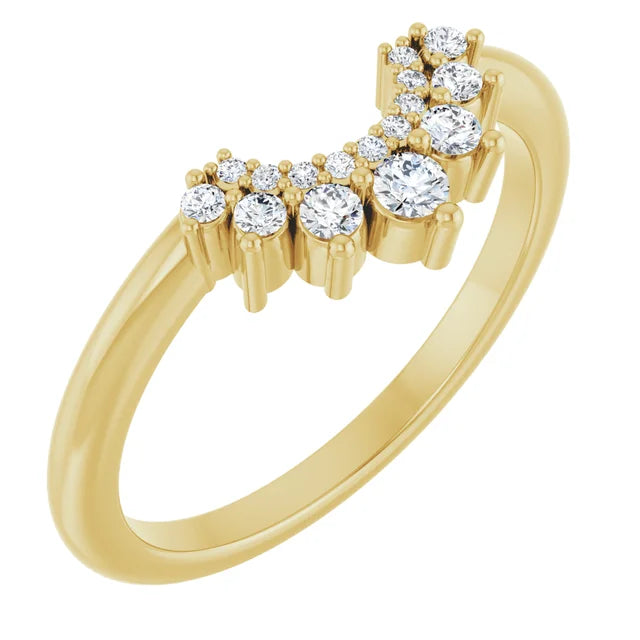
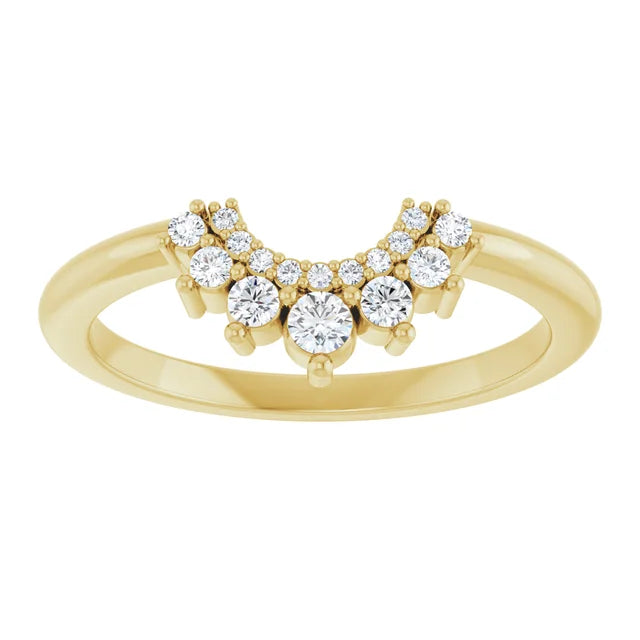
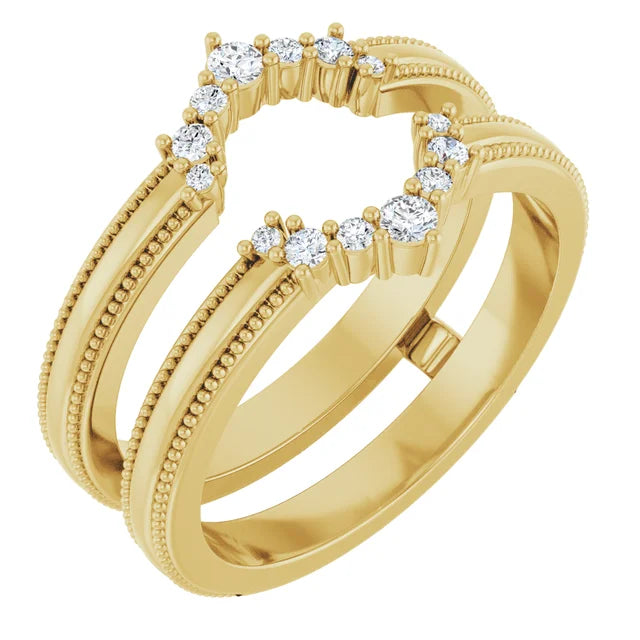
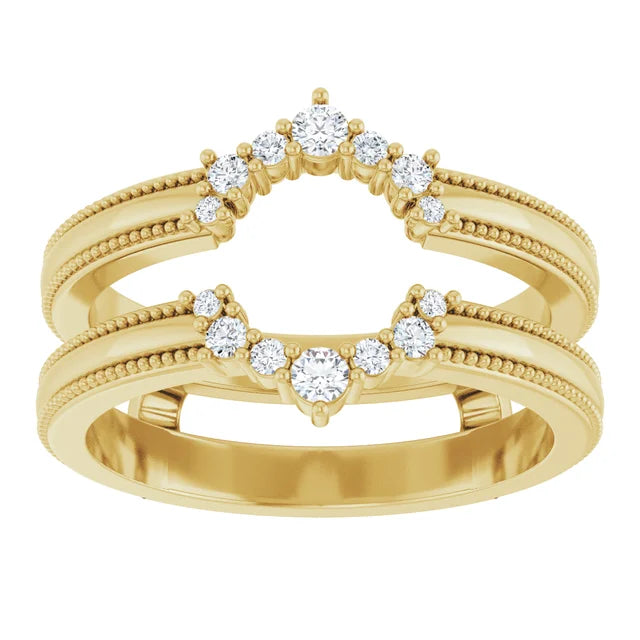
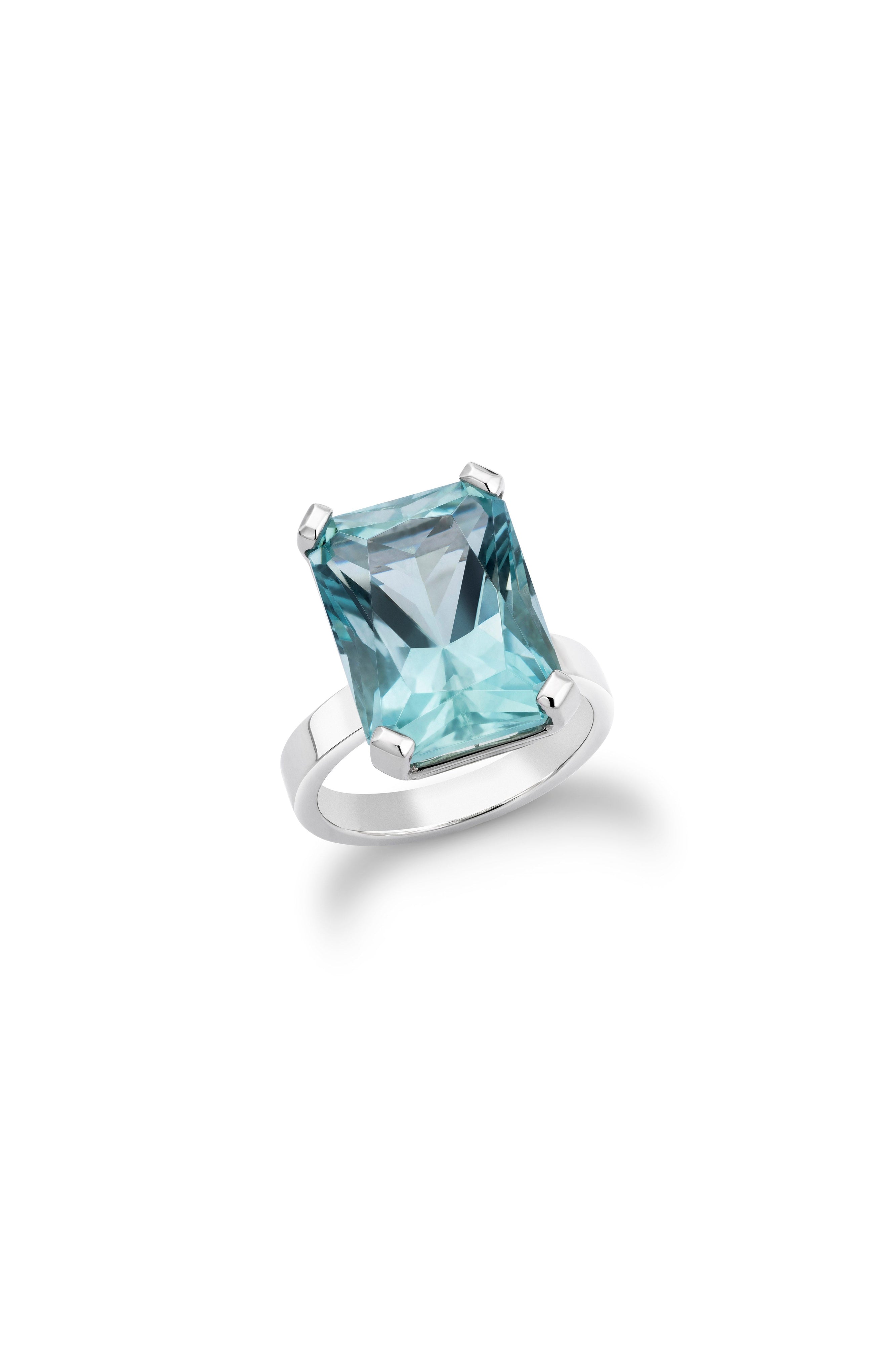
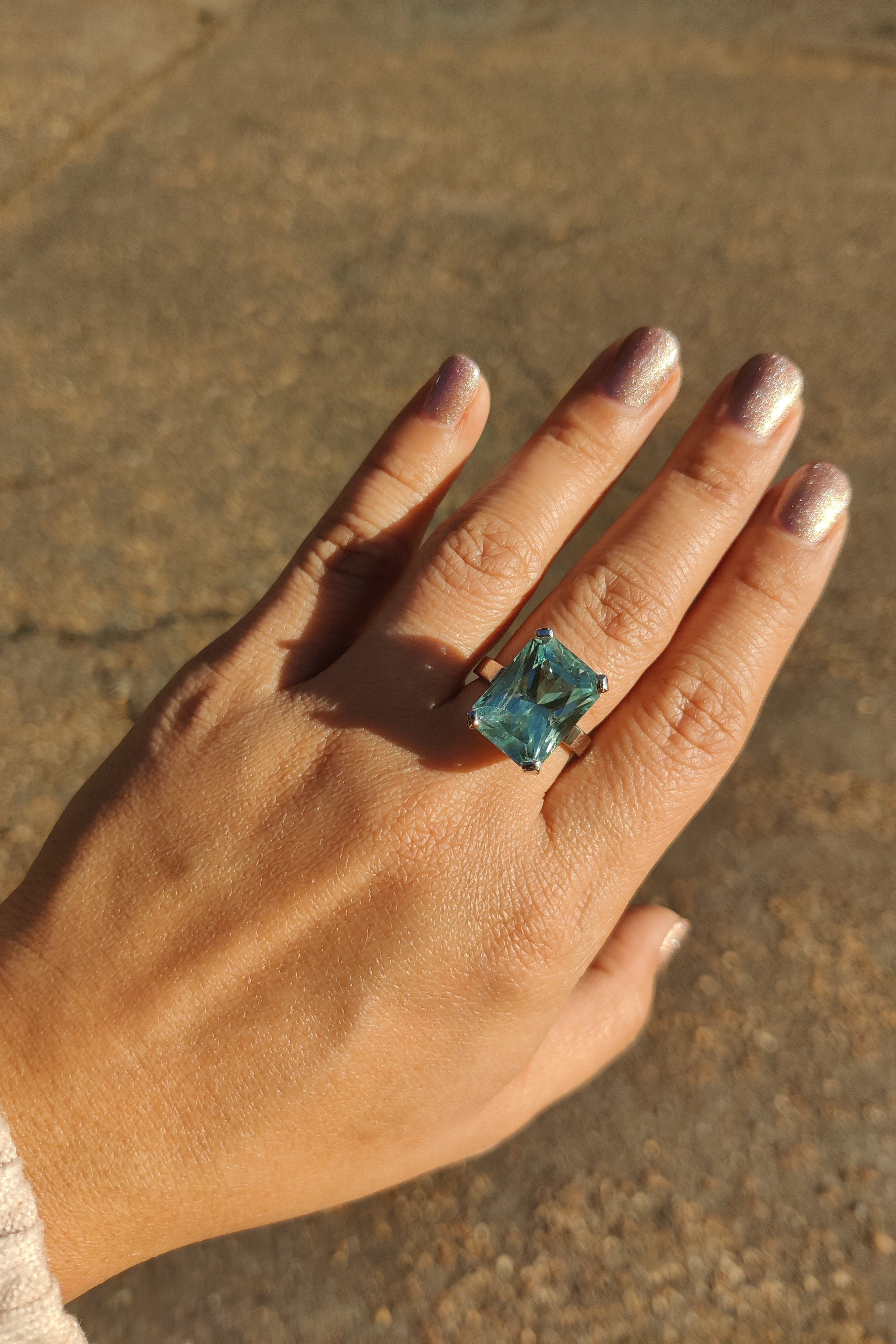
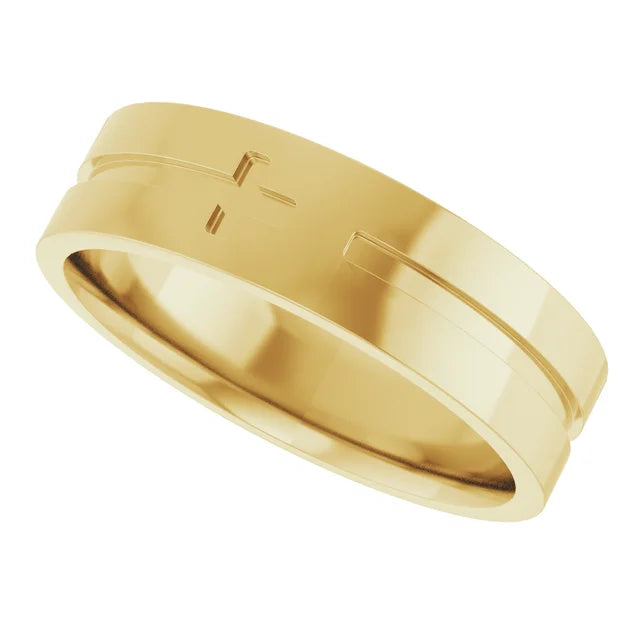
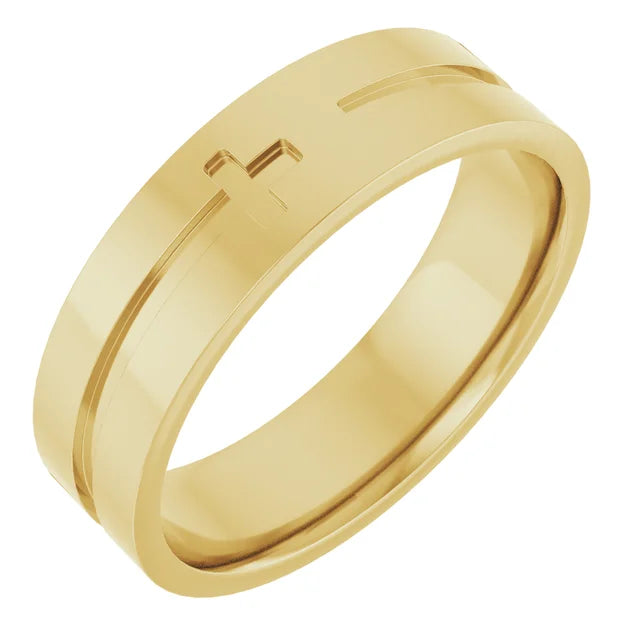


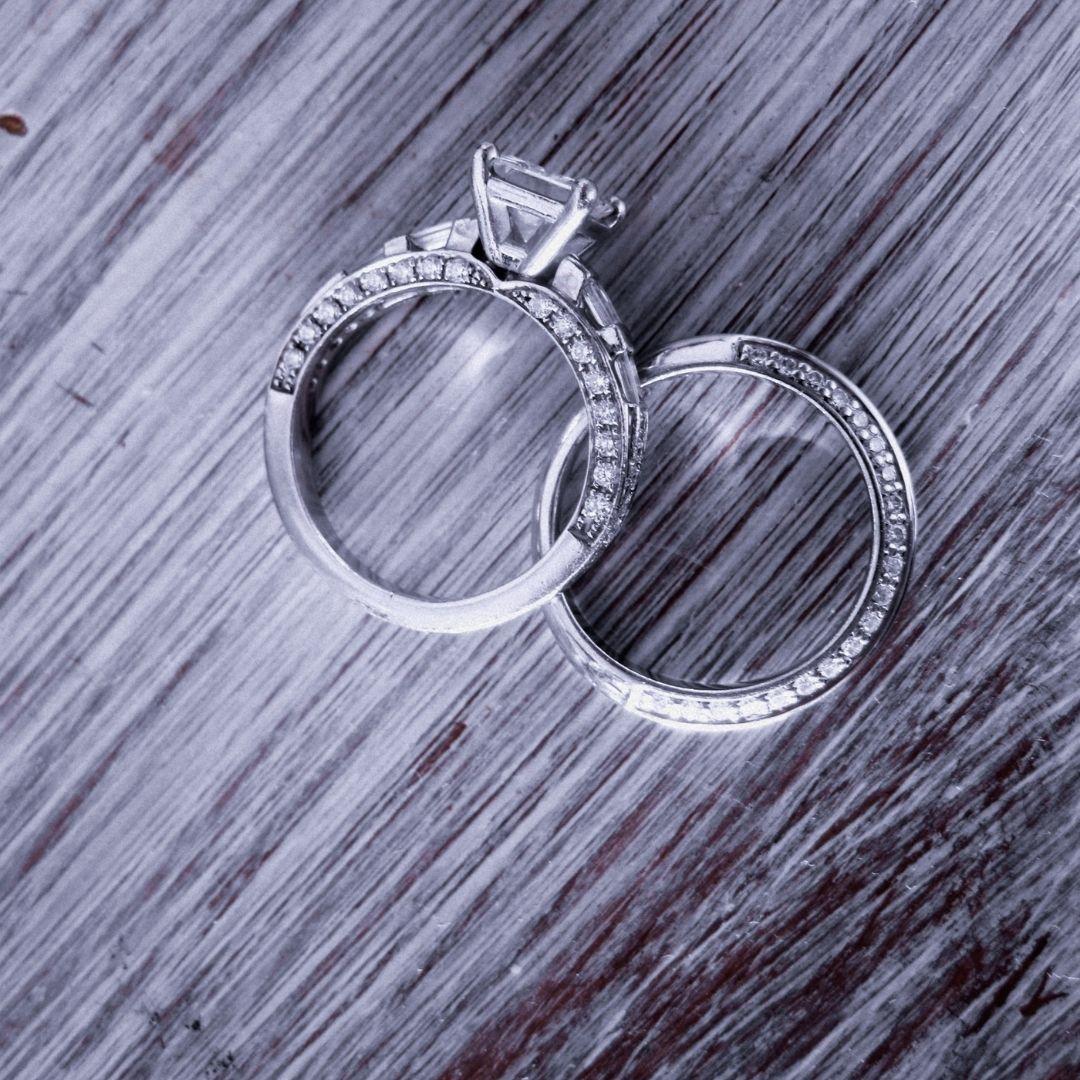
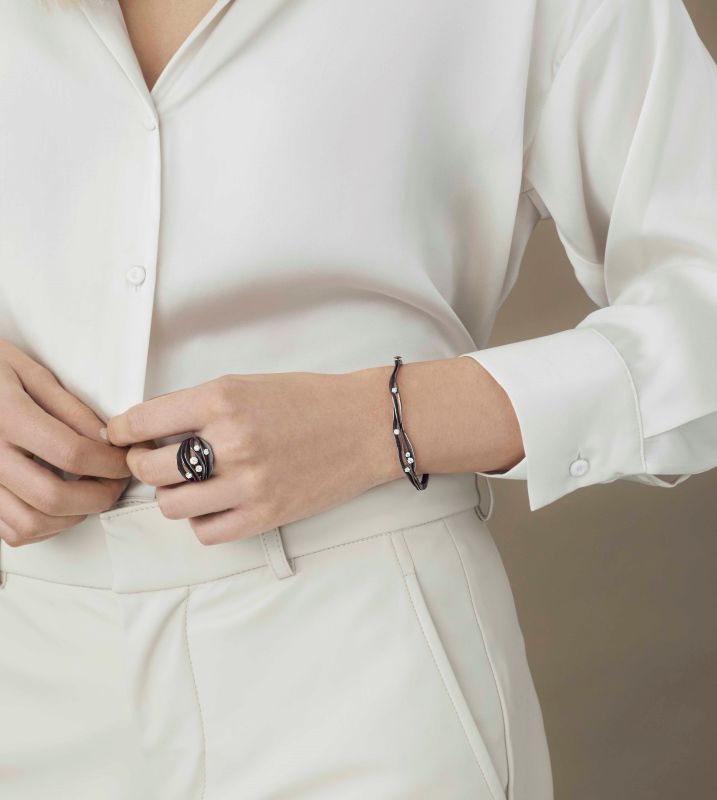

Leave a comment